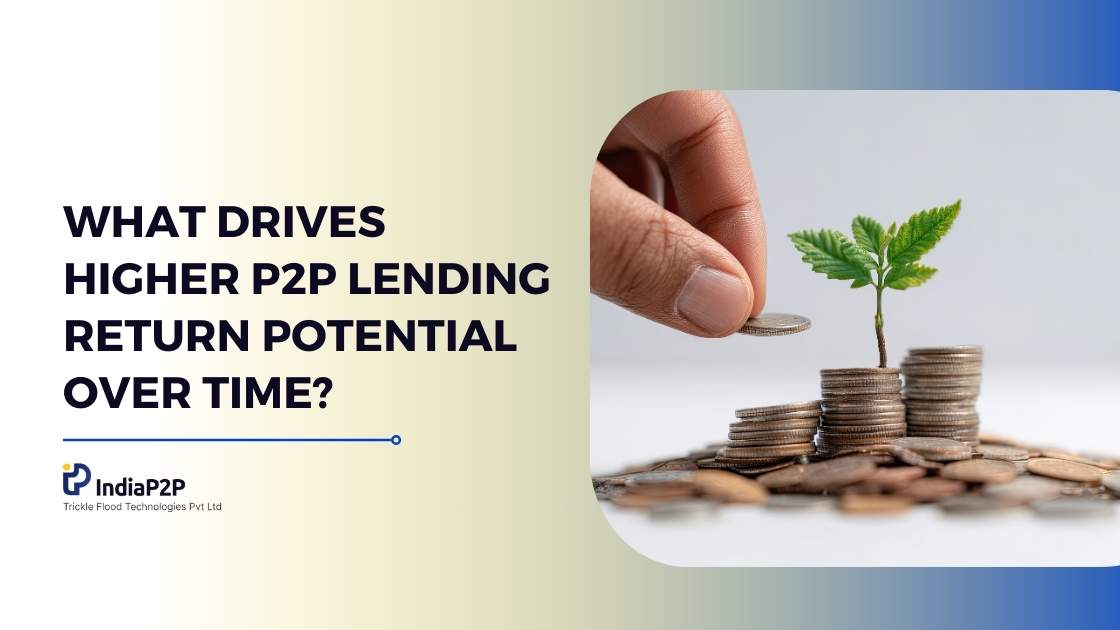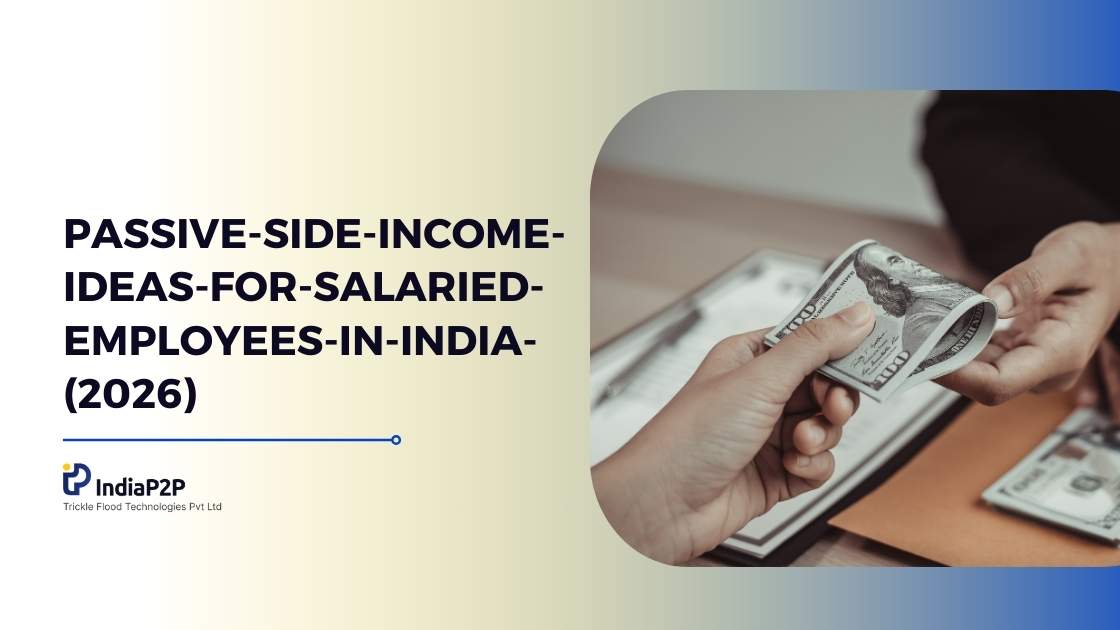Investment Diversification | A Proven Way to Reduce Risk!

We've all heard the old proverb "Don't put all your eggs in one basket," which suggests that instead of relying on one plan or resource, diversify.
The fundamental principles of constructing an investment portfolio are based on this age-old adage.
American economist Harry Markowitz pioneered the Modern Portfolio Theory. He first introduced this theory in his paper "Portfolio Selection".
He was later awarded the Nobel Prize for his work.
The modern portfolio theory argues that a portfolio of multiple assets (diversified) will result in greater returns without a higher level of risk.
Key Principles of Diversification
When you choose to have multiple assets in your investment portfolio, you achieve diversification of risk and returns, i.e. all your money is not invested in one asset.
Investment Diversification can be further enhanced by putting together a portfolio of assets that are uncorrelated in terms of risk and return characteristics.
Example -
Ram achieves no diversification if he invests all his money in fixed deposits.
If Ram invests all his money in fixed deposits but distributes it evenly among several banks, he obtains diversification.
However, the benefits are limited because the risk and return characteristics are identical.
If Ram invests his money in various assets, he gains a better level of diversification in his portfolio (mix of Fixed deposits, Mutual Funds, Gold, and Real estate).
Such a diversified portfolio's risk and return characteristics are far superior. Superior implies more return for the same risk.
Factors to consider while constructing a multi-asset portfolio (Diversified Portfolio)
There are several things that an investor needs to know before he starts investment diversification. This is what we have discussed below.
⦿ Investment time horizon
The investor's investment time horizon is the amount of time he or she anticipates to keep their money in the market.
In comparison to low-risk fixed-income products like fixed deposits and money market instruments, high-risk investments in stock or equities mutual funds demand a longer holding period. Choose assets that fit your investing horizon when building up your portfolio diversification.
⦿ Maximize your post-tax returns (Building a diversified portfolio)
The after-tax returns to investors are the real returns. Investors should consider the after-tax returns when deciding whether to add an asset to a portfolio.
For long-term investing, fixed-income mutual funds, for example, are more tax-efficient than fixed deposits. Remember that investment is about maximizing returns, not lowering taxes.
⦿ Investment Diversification
Select a portfolio of assets having a minimal correlation to one another. The low or negative correlation will boost portfolio diversification while lowering risk.
⦿ Risk Tolerance of the Investor
Investor risk tolerance should be considered while making asset allocation decisions.
⦿ Cost/Expense of investment
Choosing assets that have low operating expense ratios maximizes the real returns of the investor. Direct mutual funds, for example, offer a lower expense ratio than regular mutual funds. Although the gross returns earned by a product or fund are the same, higher costs reduce your net returns.
⦿ Investment Products That Are Regulated
Always go for financial products and structures that are regulated by the RBI or SEBI, as these regulated companies will protect investors' interests.
Conclusion
At India P2P we endeavour to create rigorously diversified investment products. Check out more on www.indiap2p.com




